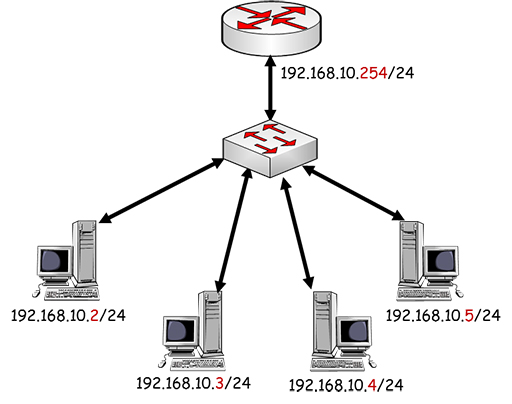
Telecommunications meets RPA
Telecommunications meets RPA
What is Robotic process automation?
Robotic process automation (RPA) is a software technology that makes it easy to build, operate, and manage software robots that mimic human actions that interact with digital and software systems. Just like humans, software robots can do things like understanding what's on the screen, complete the appropriate buttons, navigate systems, identify and extract data, and perform a variety of defined actions. But software robots can do it faster and more consistent than humans, without the need to get up and stretch or take a coffee break.
RPA use in Telecommunications-
1. Periodic revision and dissemination of the reportThe above success story about the robotic automation process on telecom includes an example of automated reporting, too. Over the next generation, the bot can also analyze the contents of the report. Depending on the conditions provided, it can decide who is involved in the report, and send it by email. The details flow very well.
2. Answering partner questionsSoftware robots are smart enough to translate emails, answer simple questions, and convey complex ones to humans. This is especially helpful for telecommunications companies, which often rely on partners as independent vendors to market their services.
3. Reducing manual sales order processing efforttechnology can capture business process activities performed by employees of a telephone company. Depending on the actions of the staff, a well-organized workflow can be made, which serves as the infrastructure for automated processes. By marking each step of the process with the corresponding manual costs, it is easy to identify the automation of the steps that lead to the highest return on investment. Such measures should be prioritized for smart automation, as this will also lead to a significant reduction in manual labor. As a result, information flow efficiency is also improved. This app site is a great example of an RPA that helps manage large, unstructured databases.
4. Competitive price competitionThe transparency of online pricing is a powerful incentive to track competitor's pricing, especially in the case of eCommerce. And as eCommerce has become the norm in telecommunications according to CNBC, careful price monitoring is a very important asset. There is no denying that automation, with its ability to verify errors and power 24/7 performance, can provide the telecommunications company with the most sensitive type of price analysis. In addition, software robots can track individual tracking, category, and level of brand, which can provide a deeper understanding of a competitive perspective.
5. Back up information from IP client systems to clientsSoftware robots can integrate a wide range of technology functions, creating integrated storage systems. Their scope of use is as wide as the scope of telephone applications because backups can be performed regardless of a specific client program. How does this work? Bots can retrieve data from the information of all IPT devices in the client system and upload them to an FTP server. Renewals can be customized according to client needs.

This means resolving all client concerns from the first call to the customer call center, bots can assist employees by providing real-time guidance (i.e., relevant information at the right time), depending on monitoring their desktop activities. They can automatically perform actions that bring the desired function to the end, e.g., get specific customer details, restart data, review fields. In the meantime, the work can focus on clients who visit constructively, which may reduce their frustration level, and ultimately lead to resolved situations.
7. Increasing Customer Satisfaction LevelThis is a direct result of point 6 above. With the help of the robotic automation process, employees can provide accurate, efficient, and timely solutions. In addition, they have the power to act as human beings, e.g., listen to problems and provide guidance in implementing solutions, not just responsive ones.
8. Average Revenue per User (ARPU)This is another place to apply for automation on social media. Software robots can provide real-time information during customer calls, in relation to customer eligibility for given promotions, thereby ensuring more focus, on points of focus. The end? Prices are very close to the average deal size.
Conclusion
Using RPA, we can reduce cost and faster available ROI. This makes perfect sense if we consider that in areas fit for automation, telecom full-time employees cost the company five times more than software robots. The scalability of robotic process automation (RPA) in telecom helps more flexible adjustments to changes (both up and downward) in customer demand or internal growth. Large volumes of data from multiple systems can be more easily managed by user interactions with user interfaces that mimic human-mouse clicks and keystrokes.